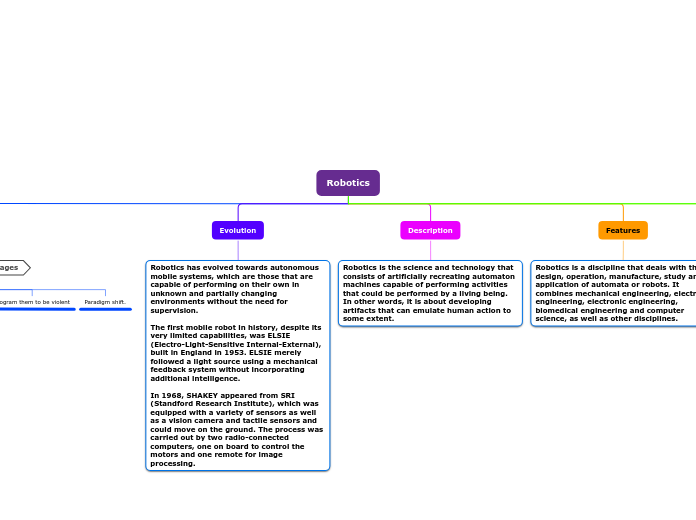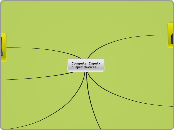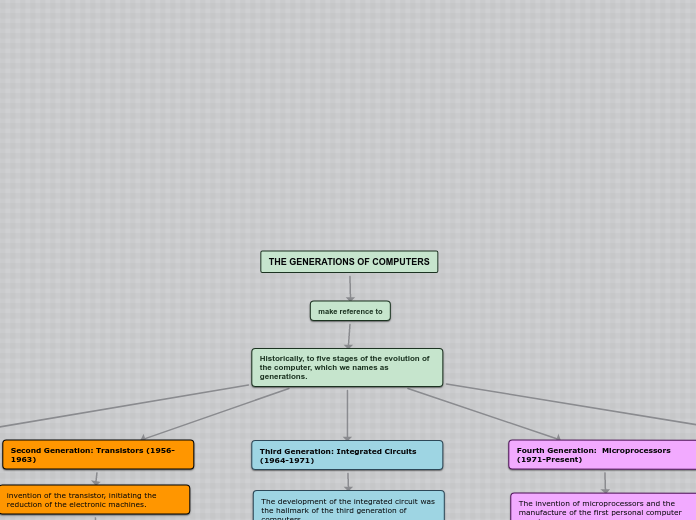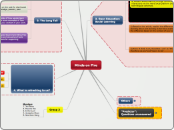realizată de Edenilson Villa 3 ani în urmă
261
Robotics
Robotics involves the creation and operation of machines capable of performing complex tasks autonomously in response to their environment. The field has progressed significantly from the early days of ELSIE, the first mobile robot built in 1953, which followed light sources using a mechanical feedback system.









